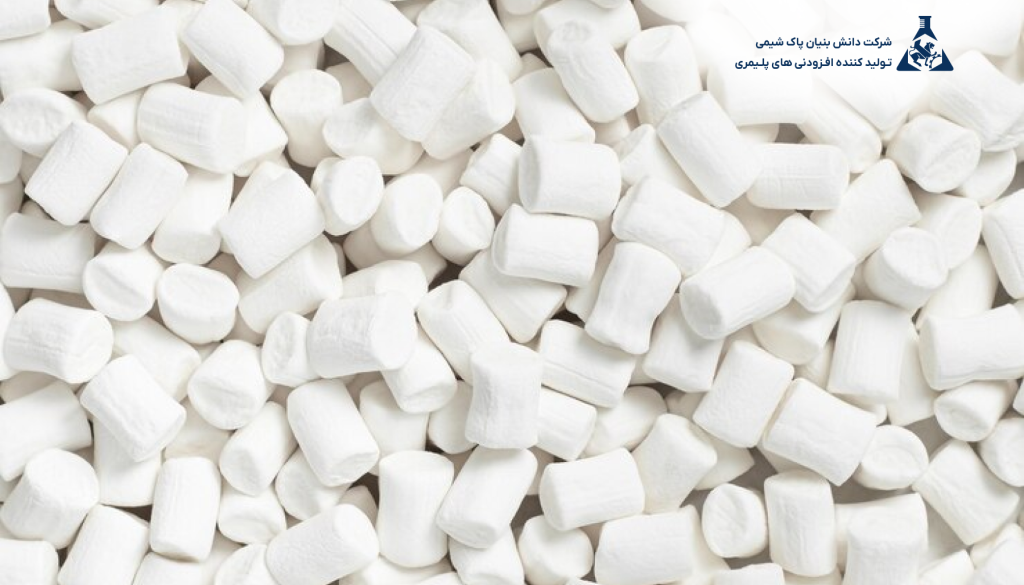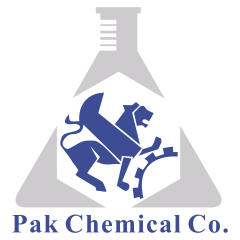
What is Polypropylene Masterbatch (PP Masterbatch) and What Are Its Applications?
Polypropylene Masterbatch is one of the most important and widely used additives in the plastics industry, especially in the manufacturing processes of (PP) components. are compounds added to a base resin as a processing aid to impart properties such as color, light stability, UV resistance, antibacterial or antistatic properties, and more.
What is Polypropylene?
Polypropylene (PP) is a thermoplastic polymer from the polyolefin family, produced through the polymerization of propylene gas. It is widely used in the plastic industry due to its properties such as light weight, high mechanical strength, good chemical resistance, recyclability, and low cost. This is where polypropylene masterbatch comes into play.
Types of PP Masterbatches
• Color Masterbatch
• Additive Masterbatch
- UV Stabilizer – Improves light stability
- Anti-Block – Reduces stickiness between layers
- Antistatic – Prevents dust attraction
Utilizes silver nanoparticles or other antimicrobial compounds to prevent bacterial growth on the surface of products.
Advantages of Using PP Masterbatch
- Improved dispersion uniformity
- Reduced dust and contamination
- Increased efficiency
- Enhanced final product properties
How to Use Polypropylene Masteratch
In plastic injection, extrusion, blow molding, or filament spinning lines, masterbatch is fed into the machine along with base polypropylene. The usage level depends on the additive type and intended purpose. Key tips for proper use include:
- Proper temperature control – To avoid degradation of additives
- Uniform mixing – Use suitable blending equipment
- Follow manufacturer’s recommended dosage – Overuse may reduce mechanical properties
Applications of PP Masterbatch in Various Industries
- Packaging Industry: Used in PP film production for food packaging with anti-fog, UV stabilizer, and color masterbatches.
- Automotive Industry: Interior and exterior parts like dashboards, bumpers, and trims use heat and UV-resistant masterbatches.
- Home Appliances: Color and stabilizer masterbatches enhance appearance and lifespan of plastic parts in kitchenware and home appliances.
- Medical Industry: Antibacterial masterbatches are used in syringes, pharmaceutical packaging, and medical devices.
- Electronics Industry: Antistatic masterbatches help prevent static charge buildup on electronic components.
Criteria for Choosing the Right PP Masterbatch
- Compatibility with the base resin
- Optimal and economical usage percentage
- Thermal and light stability
- Effectiveness of the desired additive
- Processing conditions (temperature, time, pressure)
Environmental Considerations
Many PP masterbatch manufacturers are moving toward eco-friendly formulations. Important steps in this direction include the use of heavy metal-free additives, halogen-free pigments, and recyclable packaging materials.
